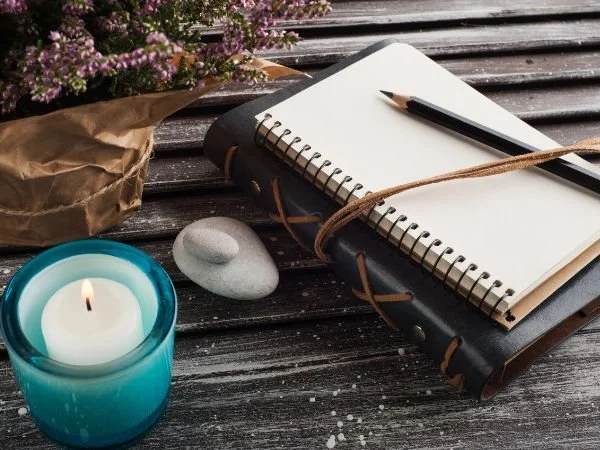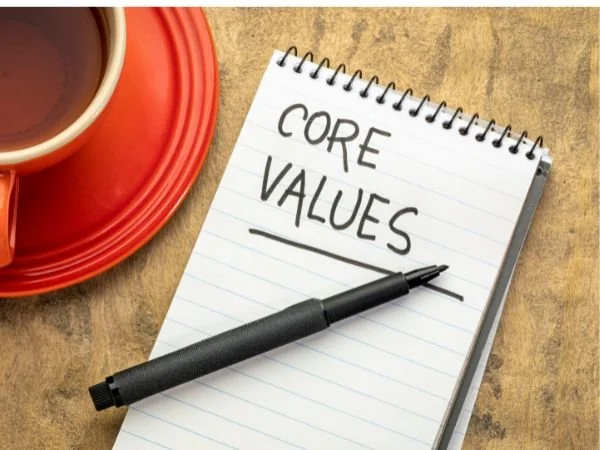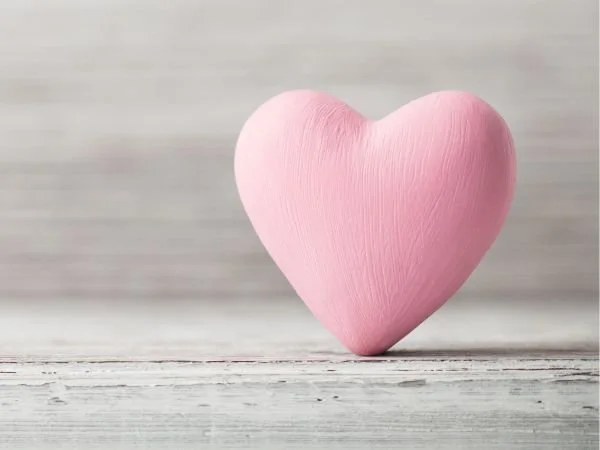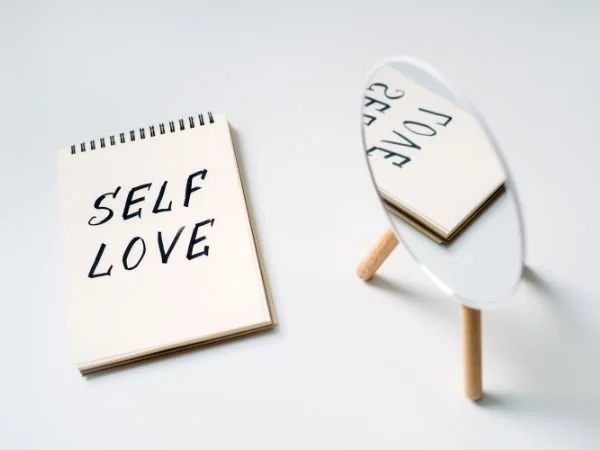That Time I Went to Equine Therapy to Help me Heal from Rape (12)
“How do you feel about your teenage self?” Asks my new therapist.
I curl in on myself and feel immense tension within my body. “She’s just so difficult.”
“Why do you feel she is difficult?” The woman patiently waits for me to answer as I stare at the ground.
My body is flooded with feelings of shame. Shame feels heavy and overwhelming, and leaves me looking for an escape route. I don’t want to talk about this anymore. But, isn’t that why I’m here? To finally talk about this?
My teenage self is the part of me that I locked away in a dark dungeon deep within my body for a very long time with no intention of ever letting her out. But, as I began my healing journey, it was like I had accidentally shown her how to find her way back to me. It was never the intention when I began healing. I was ready to welcome home all of me… except her.
At this point in my journey, I had already grappled with so much. Did I really need to do this too? I had learned to process grief after the death of a friend, to let go and forgive traumatic childhood memories, and even find peace after having repressed memories of childhood sexual assault resurface. But this was different. Those I could see were not my fault.
I didn’t feel the same about my teenage self. Instead, I still blamed her for being raped. How could she be so stupid? Why couldn’t she just get over it? She should have known better. I saw her as the problem instead of holding accountable those who harmed me. I’d heard others say, “It’s not your fault,” but what if it was? At this point in my journey, I hadn’t yet realized how deeply other people’s actions and messages had shaped my belief that the rape was somehow my fault. I hadn’t yet learned that my teenage self was never to blame for what others chose to do.
So, when this teenage self of mine came knocking on a door in my mind, I didn’t want to let her in. But two weeks earlier, I had scared myself. I had hit rock bottom. I was triggered while watching a popular TV show that depicted a teenager being raped in a way that mirrored my own experience. I went into a panic attack while the episode played, eventually locking myself in a bathroom, waiting for it to pass, while my mind was flooded with thoughts of suicide.
After that all I could think about was what happened to me when I was a teenager. It was clear I didn’t have a choice anymore. This part of me was not going anywhere. That’s how I found myself talking to a new therapist on a farm. I had chosen equine therapy for two reasons. One, I had heard that working with animals could help me to trust people again. And two, I thought I may be able to skip right over the speaking about the horrible thing that I labeled all my fault, and just ride horses.
But here I was in my first session being asked all the questions I dreaded answering.
“She’s difficult because she’s the worst.” I finally respond.
“Do you really believe you are the worst, Amanda?”
Me? Who said anything about me? Am I the worst? How do I explain that yes, this part of me we are discussing is me, but also, not me. She feels so distant and faraway. She is separate from me. I had worked my ass off redeeming myself for her sins. She was a troublemaker then, and here she was making trouble in my life again.
I look up, the woman is patiently waiting for me to answer. How annoying.
My breathe quickens, my head hurts, I want to run, while simultaneously my feet are glued to the ground. Maybe I could die right here. Just sink into the Earth and never come back.
“I don’t know what you want me to say. I feel like you want me to say no. But she is. Everyone said she is. And she’s just selfish. She thinks the world revolves around her and she’s the worst.” I sound like my teenage self with this answer. I have an attitude. I’m defensive. I’m ready to fight for my right to be the worst.
“Let’s take a walk.” My new therapist stands and I follow her.
At first, we walk the farm in silence. As I stare at the animals, my breath deepens. I’m on edge with this new woman, but she begins telling me about each of the horses and their different backstories. As we go from stable to stable, I can see that she’s dropped it. She’s not going to challenge me. I can relax.
She leads me to a horse who piques my curiosity. He’s the largest horse on the farm. He’s all black and exudes a sense of regality. He stands at the back of the stable and stares at us. My new therapist begins to tell me his story. He was abused by his last owner, and was brought to the farm to heal. When he arrived, he didn’t trust people, but over time he’s grown to like it here and he even has a friend, the female horse in the stable next to him.
As I stare at the horse, he walks closer to me. He takes one step at a time. Almost like he’s sensing if he can trust me as I am doing the same. He comes right up to the gate and puts his head a few inches from my face. We stare into each other’s eyes. Something inside me breaks. I’m not the worst, but I am very, very broken.
I stand there with a horse in my face and uncontrollably sob. When I’m done crying, the horse walks away and sits in the back of his stable. His job is done.
I wish I could say this magical moment with a horse changed my life, and I lived happily ever after and knew that being raped was in no way my fault. It was not that simple. Looking back, I can see it did change my life though. Not in a fairytale way where everything was okay after, but in a real way, where for the first time in my life there was a crack in my defensive armor, and I could finally see that the burden I had carried for the last 15 years was too large and never mine to carry. It was time to find a way to love this part of me because I deserved to be free of all the shame and self-blame.
This story is part of my Reflections series where I share stories from my own healing journey. You can read more reflections here.
































